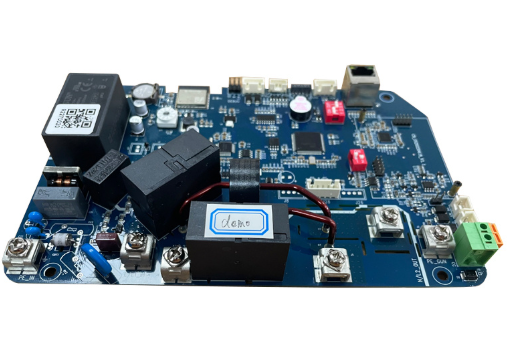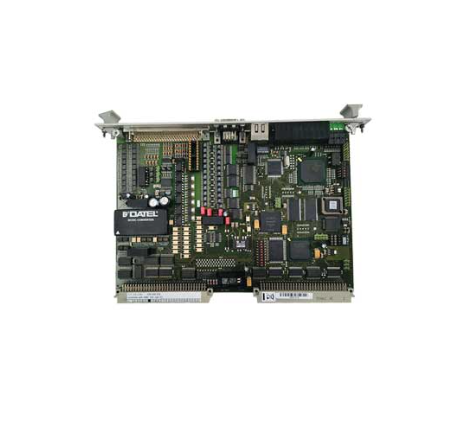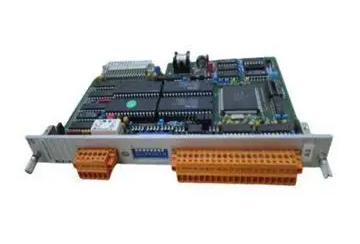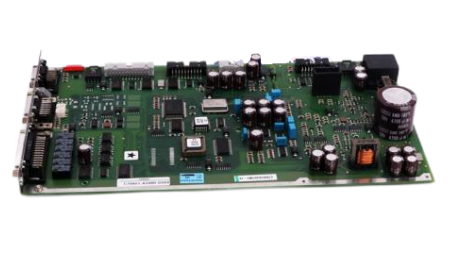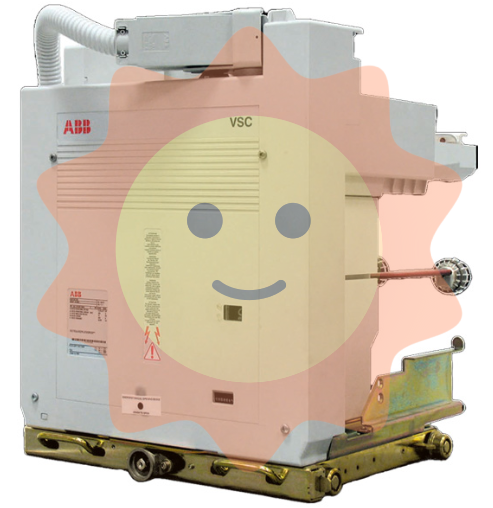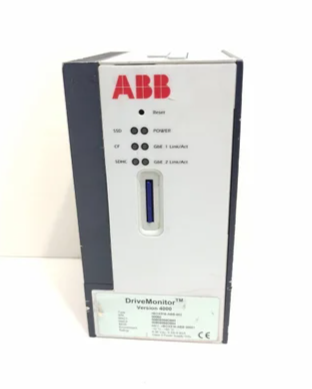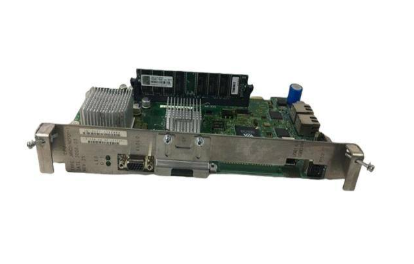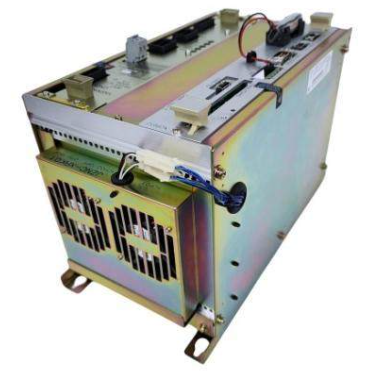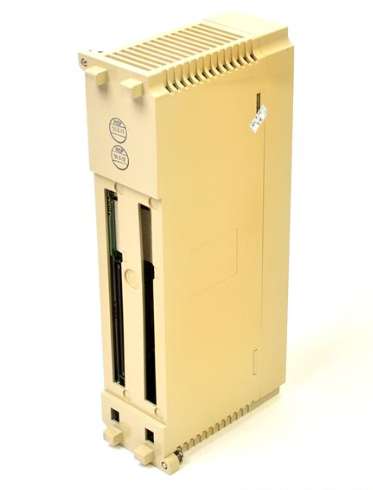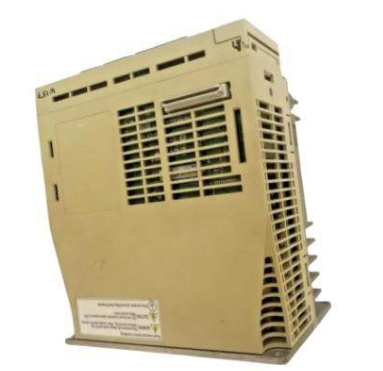What are the sewage treatment processes
The first stage treatment: physical treatment, through mesh, precipitation or air floating mechanical treatment, removal of rock, sandstone and fat, grease, etc.
Secondary solution: biochemical solution in which contaminants in wastewater are converted into sludge by microbial strains.
Tertiary treatment: Advanced treatment of sewage, which includes the removal of nutrients and the disinfection of sewage by chlorination, ultraviolet radiation or ozone technology. Depending on the treatment objectives and water quality, some wastewater treatment processes do not include all of the above processes.
1. First-level treatment
The mechanical (first-level) treatment part includes the grid, the sand sink, the initial sand sink and other structures, in order to remove coarse particles and suspended matter, the principle of treatment is to achieve solid-liquid separation through physical methods, the separation of pollutants in sewage, which is a common sewage treatment method.
Mechanical (primary) treatment is an essential engineering in all wastewater treatment processes (although sometimes some processes save initial precipitation), and typical removal rates for bod5 and ss are 25% and 50%, respectively.
In biological phosphorus and nitrogen removal wastewater treatment plants, aerated sand settling ponds are generally not recommended to avoid the removal of rapidly degrading organic matter. In the case that the water quality characteristics of the original sewage are not conducive to phosphorus and nitrogen removal, the setting and mode of initial sedimentation should be carefully analyzed and considered according to the water quality characteristics of the subsequent processes, so as to ensure and improve the water quality of the subsequent processes for phosphorus and nitrogen removal.

2. Secondary treatment
The biochemical treatment of sewage is a secondary treatment to remove non-precipitable suspended matter and dissolved biodegradable organic matter as the main purpose, which can be divided into activated sludge method, AB method, a/o method, 2/o method, sbr method, oxidation ditch method, stabilization tank method, Cass method and land treatment method. At present, most urban sewage treatment stations use activated sludge process.
The principle of biological treatment is to transform organic pollutants into harmless gas products (CO2), liquid products (water) and organic matter rich (microbial flora or biological sludge) through biological action, complete the decomposition and synthesis of organic matter, and purify excess biological sludge in sewage through solid-liquid separation in the sedimentation tank.
3, three level treatment
The third stage treatment is the deep treatment of water, and the wastewater after the second stage treatment is the highest stage of sewage treatment. At present, China's sewage treatment plant has not been put into practical application.
It uses activated carbon adsorption or reverse osmosis to remove remaining pollutants from the water, and uses ozone or chlorine to sterilize bacteria and viruses, and then sends the treated water to the middle waterways as a source of water for washing toilets, spraying streets, watering green belts, industrial water and fire prevention.
It can be seen that the role of the sewage treatment process is only to purify the sewage through biodegradation conversion and solid-liquid separation, while the pollutants are concentrated into the sludge, including primary sludge, secondary sludge, secondary sludge and tertiary chemical sludge.
These sludge contains a lot of organic matter and pathogens, and is easy to rot and smell, easy to cause secondary pollution, decontamination task has not yet been completed. After the sludge has been reduced, reduced and stabilized, it must be properly disposed of. The success and failure of sludge treatment are critical hazards to sewage plants and should be paid great attention to.
If the sludge is untreated, it will have to be discharged with the treated sewage, and the purification effect of the sewage treatment plant will be offset. Therefore, in the practical application process, sludge treatment is also very important in the sewage treatment process.
4, deodorization process
The physical method includes dilution method, adsorption method, chemical method including adsorption method, combustion method, biological method including biological preparation method, biological filtration method, biological deodorization method, biological washing method, plant extraction atomization method.
- EMERSON
- Honeywell
- CTI
- Rolls-Royce
- General Electric
- Woodward
- Yaskawa
- xYCOM
- Motorola
- Siemens
- Rockwell
- ABB
- B&R
- HIMA
- Construction site
- electricity
- Automobile market
- PLC
- DCS
- Motor drivers
- VSD
- Implications
- cement
- CO2
- CEM
- methane
- Artificial intelligence
- Titanic
- Solar energy
- Hydrogen fuel cell
- Hydrogen and fuel cells
- Hydrogen and oxygen fuel cells
- tyre
- Chemical fiber
- dynamo
- corpuscle
- Pulp and paper
- printing
- fossil
- FANUC
- Food and beverage
- Life science
- Sewage treatment
- Personal care
- electricity
- boats
- infrastructure
- Automobile industry
- metallurgy
- Nuclear power generation
- Geothermal power generation
- Water and wastewater
- Infrastructure construction
- Mine hazard
- steel
- papermaking
- Natural gas industry
- Infrastructure construction
- Power and energy
- Rubber and plastic
- Renewable energy
- pharmacy
- mining
- Plastic industry
- Schneider
- Kongsberg
- NI
- Wind energy
- International petroleum
- International new energy network
- gas
- WATLOW
- ProSoft
- SEW
- wind
- ADVANCED
- Reliance
- YOKOGAWA
- TRICONEX
- FOXBORO
- METSO
- MAN
- Advantest
- ADVANCED
- ALSTOM
- Control Wave
- AB
- AMAT
- STUDER
- KONGSBERG
- MOTOROLA
- DANAHER MOTION
- Bently
- Galil
- EATON
- MOLEX
- Triconex
- DEIF
- B&W
- ZYGO
- Aerotech
- DANFOSS
- KOLLMORGEN
- Beijer
- Endress+Hauser
- MOOG
- KB
- Moxa
- Rexroth
- YAMAHA
- Johnson
- Westinghouse
- WAGO
- TOSHIBA
- TEKTRONIX
- BENDER
- BMCM
- SMC


Email:wang@kongjiangauto.com

